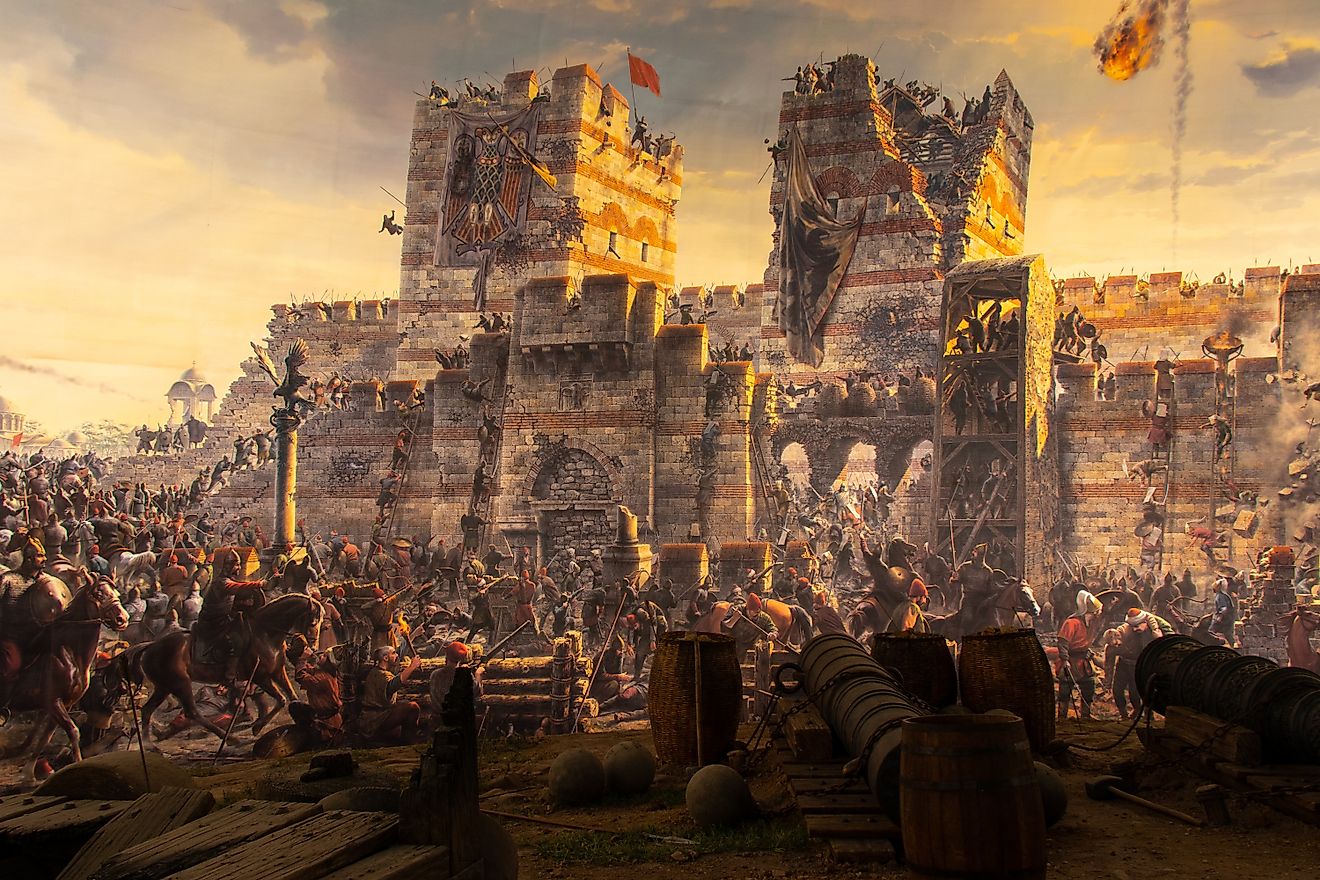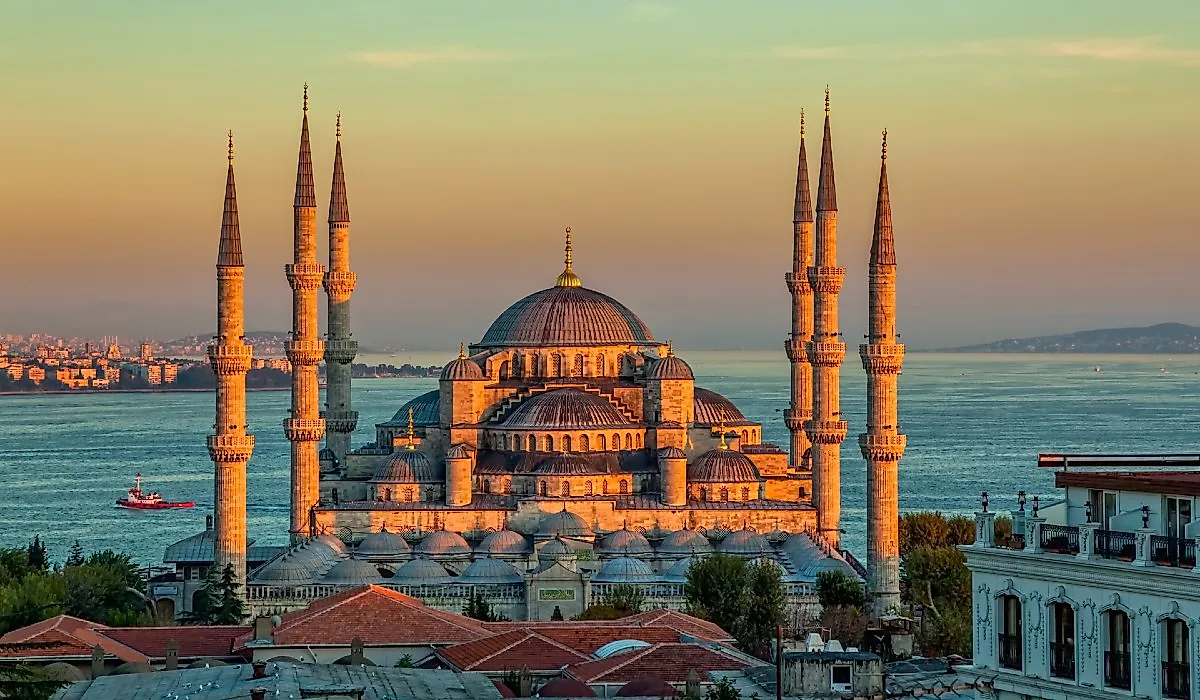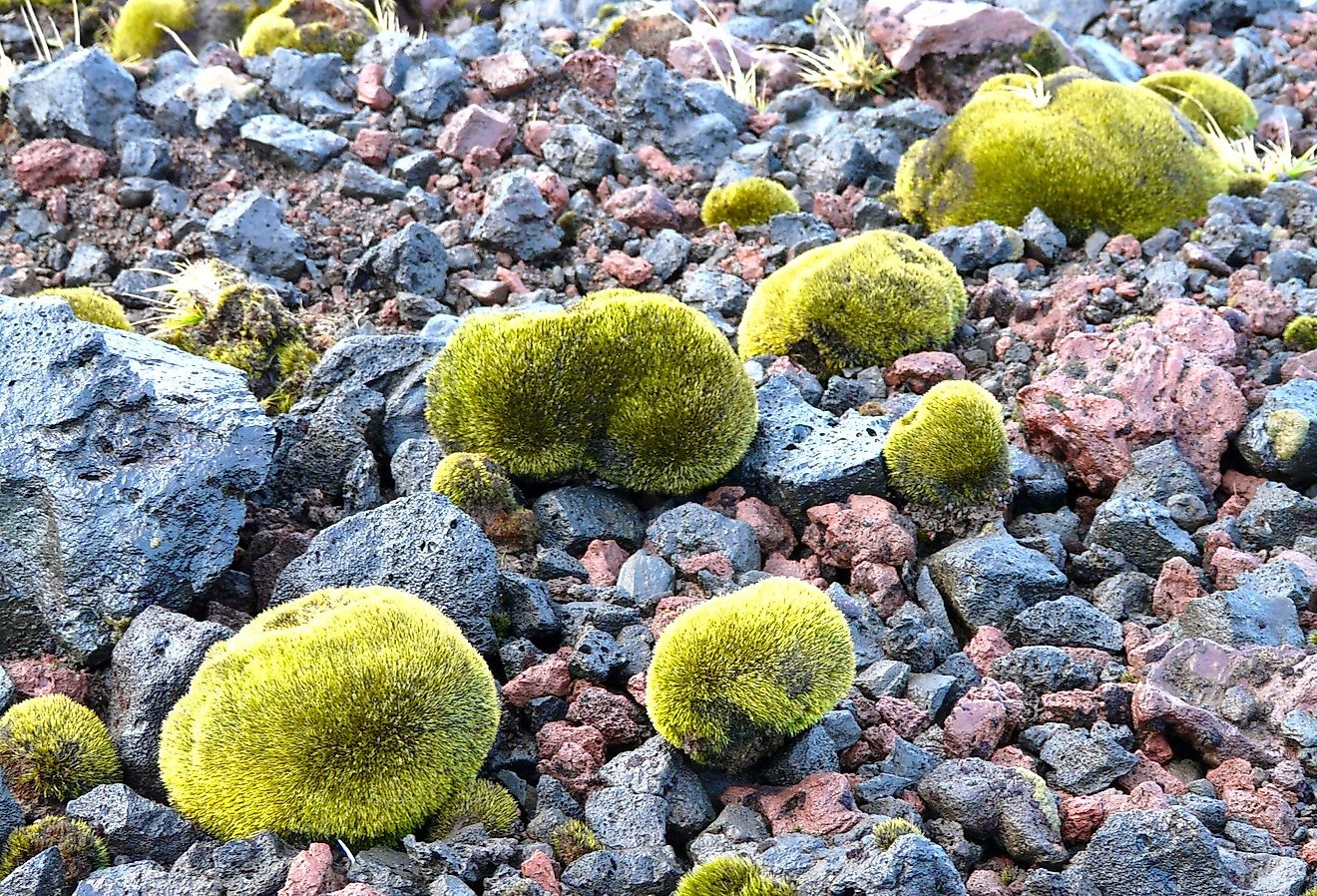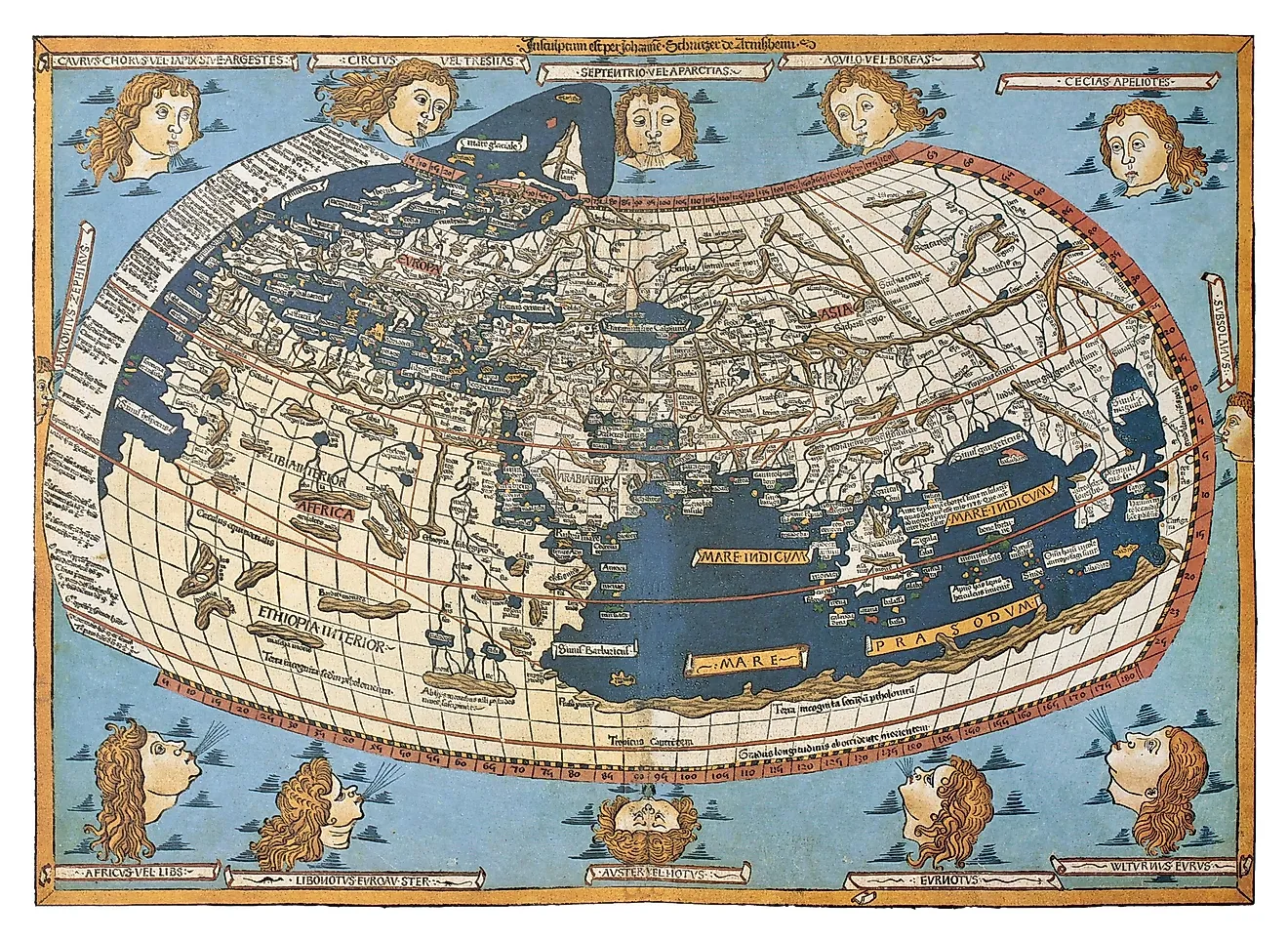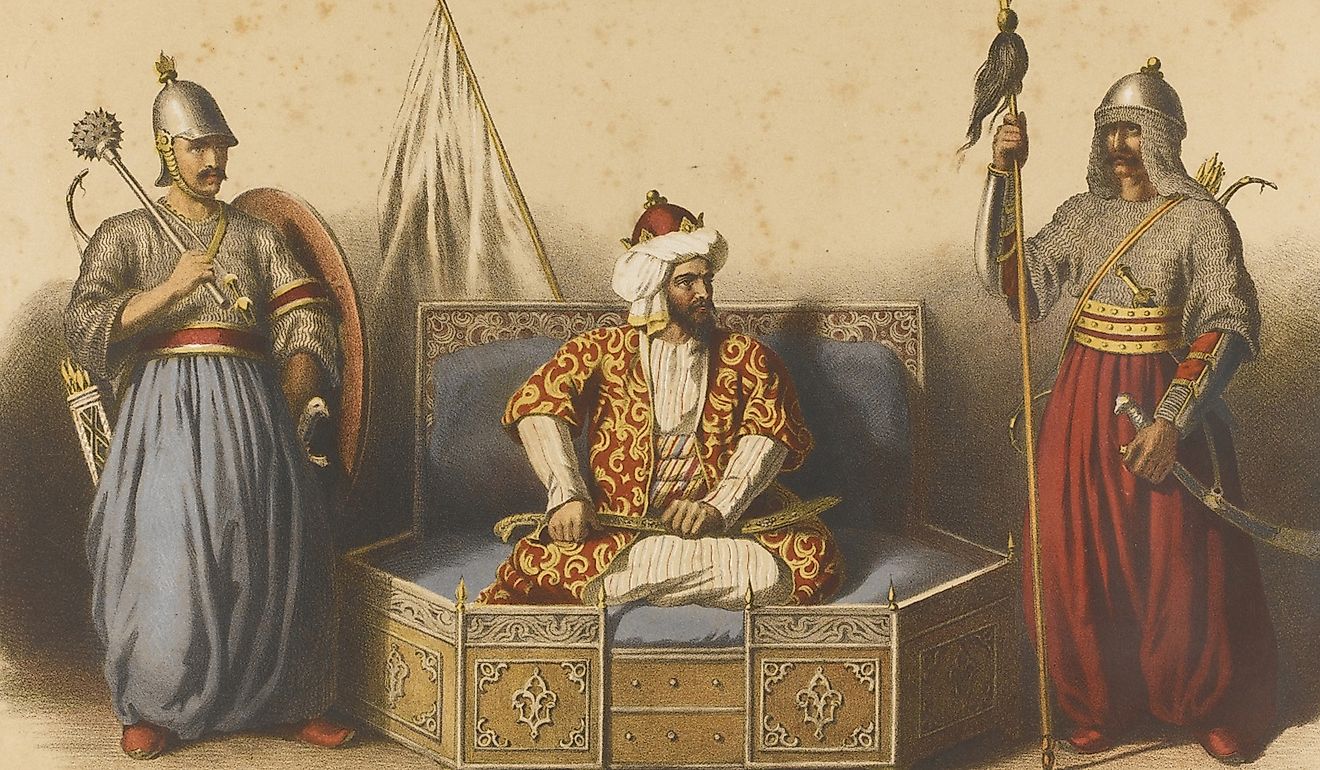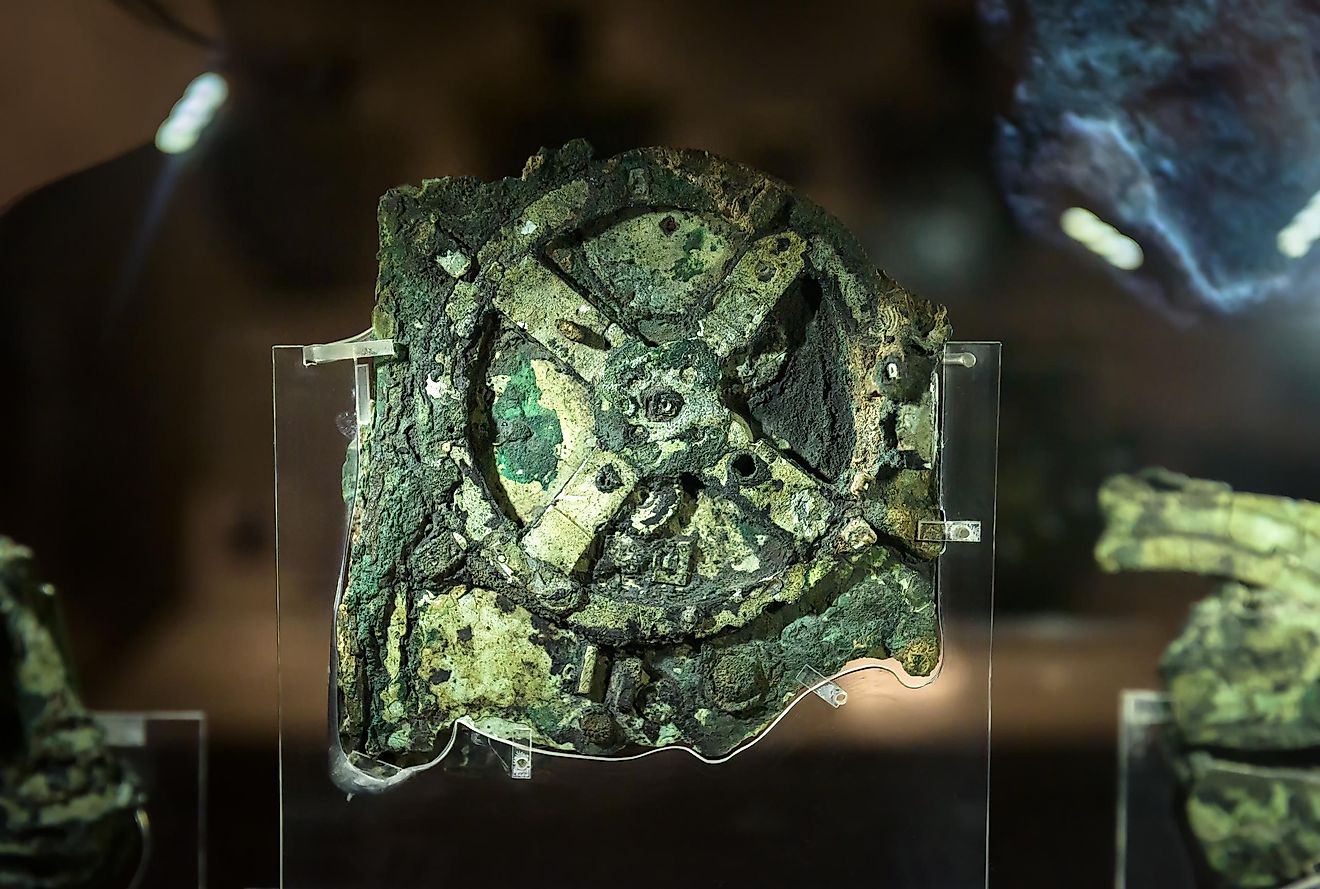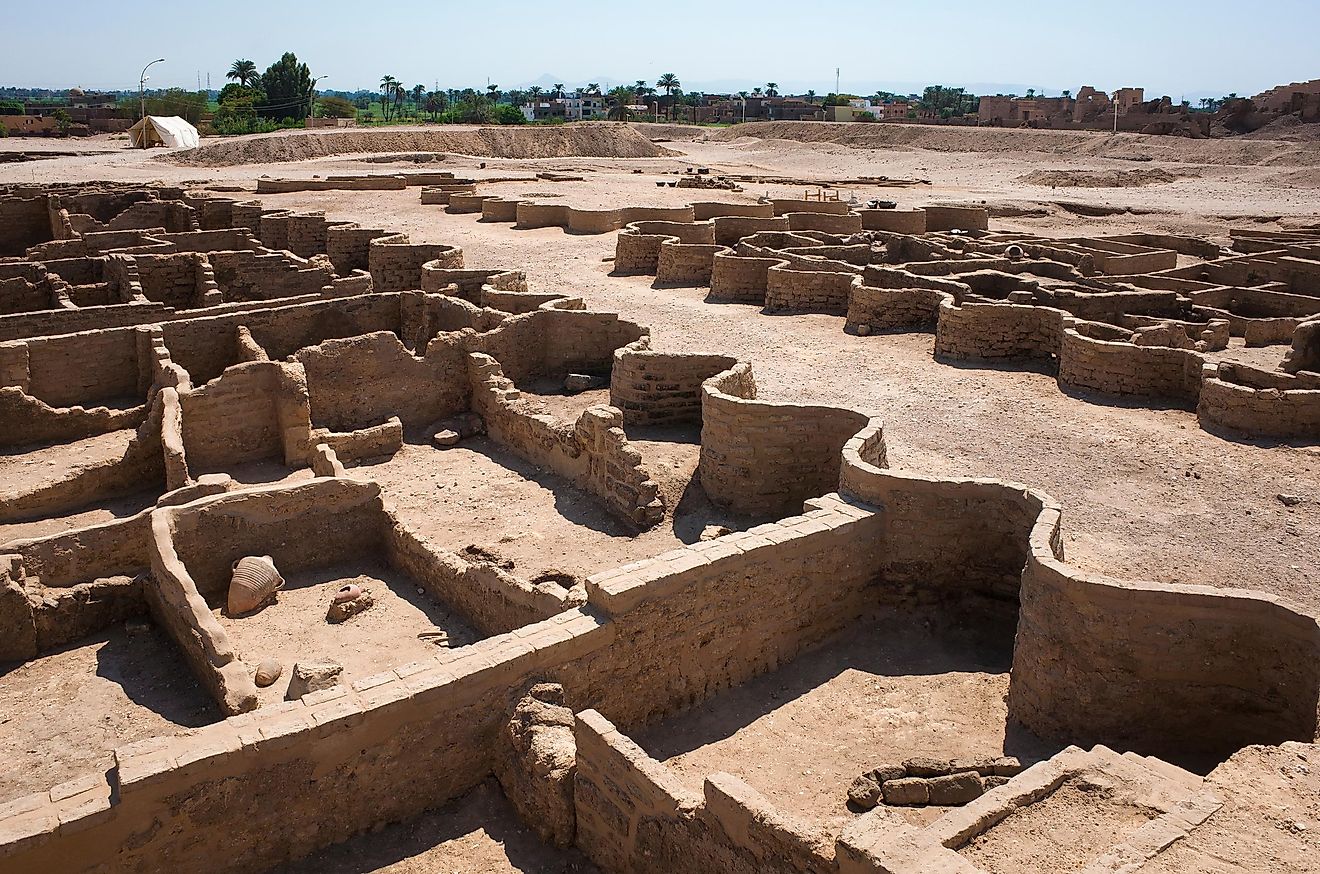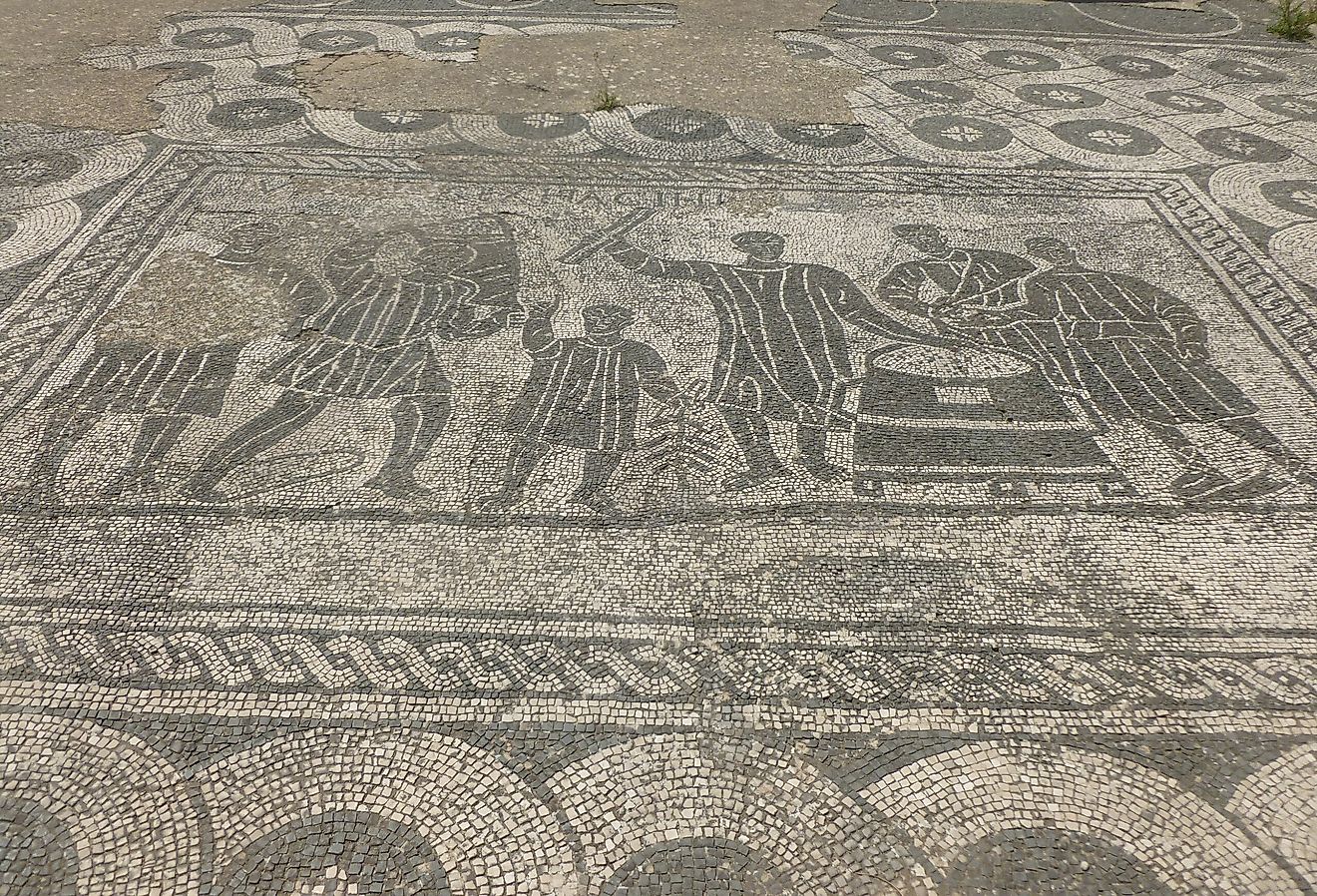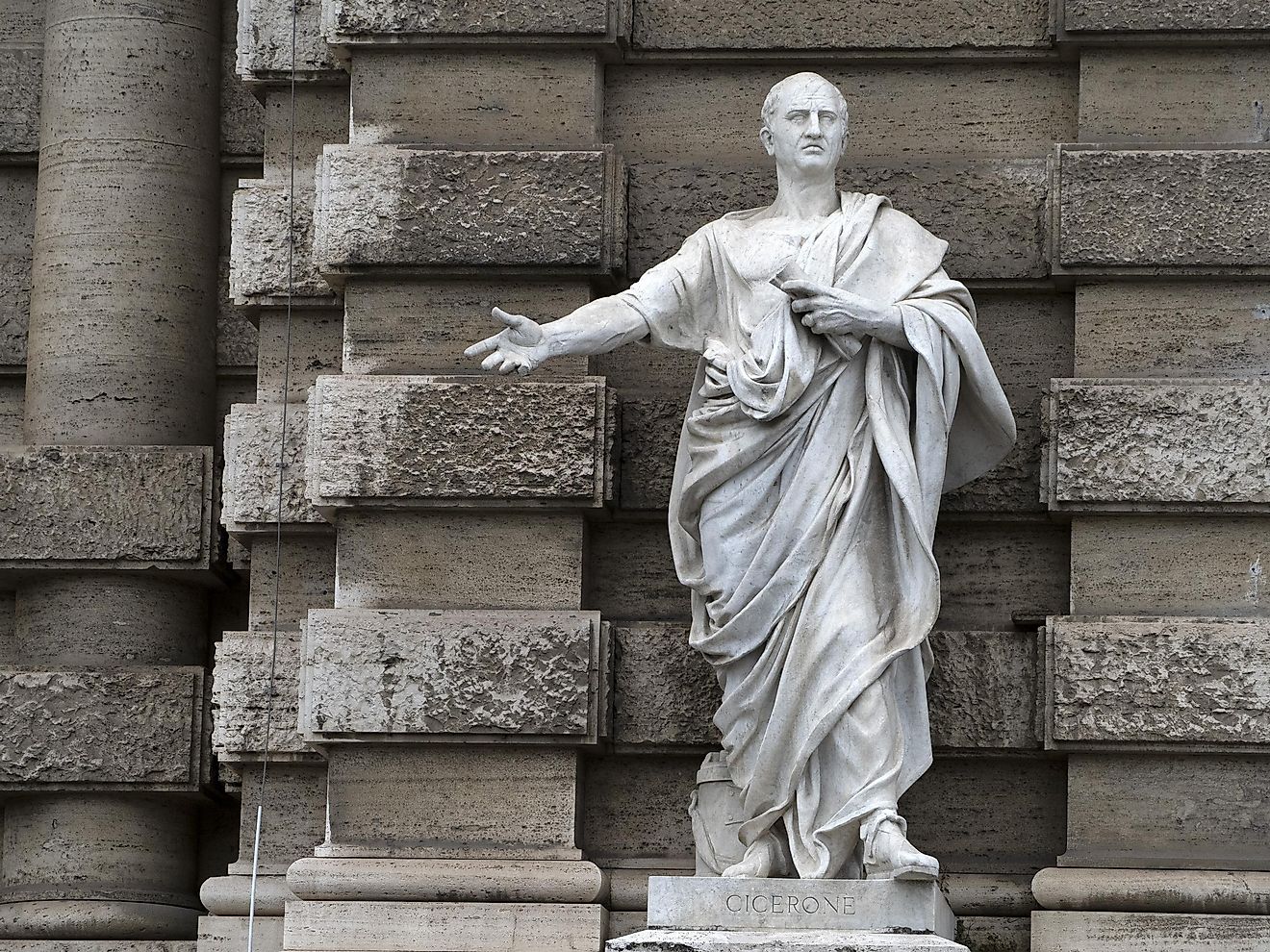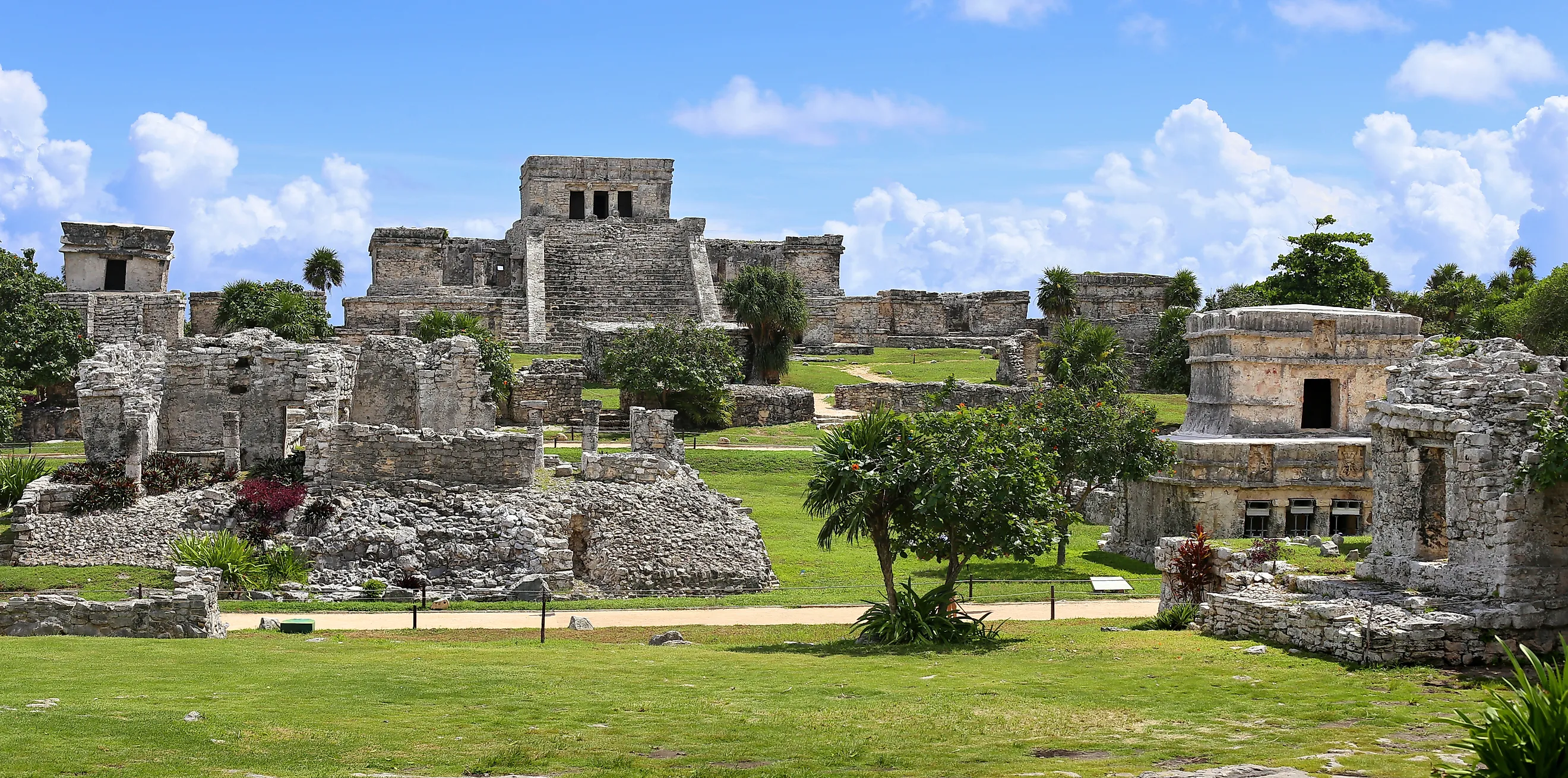
Maya Civilization
The Maya civilization stands out as the most renowned of the classical societies in Mesoamerica, which includes today's Guatemala, Belize, Mexico, El Salvador, and Honduras.
Archaeological findings indicate that the Maya likely migrated from North America into the highlands of Guatemala approximately in 2600 B.C. They gained prominence around 250 A.D. by establishing thriving agrarian communities thanks to advanced farming techniques. The Maya created an intricate logosyllabic writing system, regarded as one of the most sophisticated in pre-Columbian Americas. Furthermore, they achieved significant advancements in mathematics, including the introduction of zero, and excelled in astronomy, developing calendars to monitor celestial cycles.
Their ceremonial centers housed impressive temples, soaring pyramids, grand palaces, and even observatories, all built without metal tools! The Maya organized into city-states, such as Tikal, Palenque, Copan, and Chichen Itza, each governed by a noble class and linked by trade routes. Their cultural zenith, called the Classic Period (250-900 A.D.), was marked by significant achievements in art, architecture, and science. Although many major cities declined, Maya communities persisted into the Postclassic Period, showcasing a lasting legacy that continues today, with millions of Maya descendants still living in the region.
Brief History
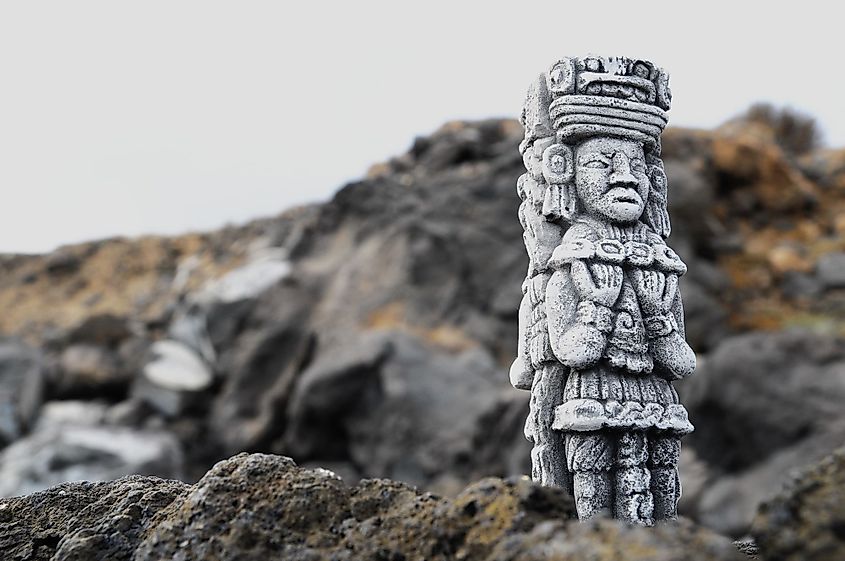
The Maya were one of the most remarkable civilizations in the Western Hemisphere prior to the Spanish conquest of Mexico and Central America. Their civilization began to rise around 250 A.D., and at the peak of the Classic Period, it included over 40 cities, each home to populations between 5,000 and 50,000. However, after 900 A.D., the Classic Maya civilization saw a decline, leading to the abandonment of major cities like Tikal and Bonampak, which became overgrown with jungle vegetation. Some scholars attribute this decline to warfare and depletion of agricultural land. In the subsequent Post-Classic Period (950-1539), cities such as Uxmal and Itza thrived for several centuries even after the large lowland cities had been depopulated. By the early 16th century, when the Spaniards arrived, most Maya people had transitioned to living in villages as agriculturalists.
Maya Society
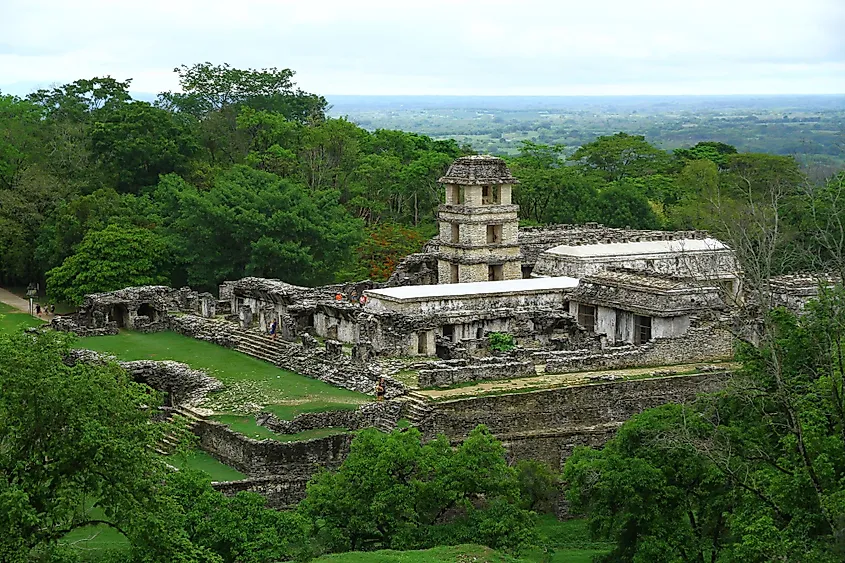
By the Middle Preclassic period, Olmec hierarchical beliefs likely shaped Maya society. In the mountain valleys, the southern Maya chose to unify under prominent chiefs or kings. Conversely, many lowland Maya resisted this trend, favoring tribal confederacies that acknowledged no authority beyond their village leaders. Nonetheless, during the late Preclassic period, the concept of ahau, or high kings, emerged, leading to the formation of several kingdoms across the Maya region. The ideals of kingship would dominate Maya culture for the following millennium.
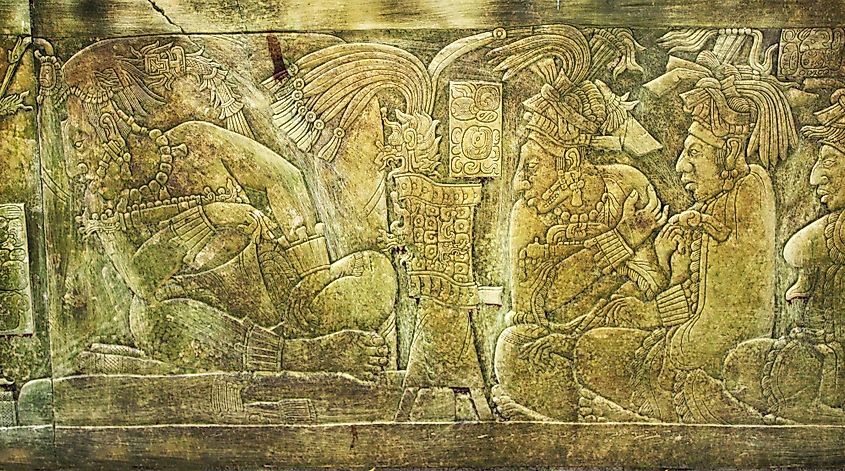
Society was organized hierarchically within each Maya Kingdom, including Kings, nobles, warriors, teachers, architects, merchants, administrators, artisans, laborers, and farmers. In addition to the capital, the Maya had outlying subsidiary sites ranging from sizeable towns to hamlets and household compounds occupied by extended families. The Maya had a clear division of labor between men and women. The men cared for the cornfields and looked after building huts while women made clothing, prepared food, and tended to the family's domestic needs.
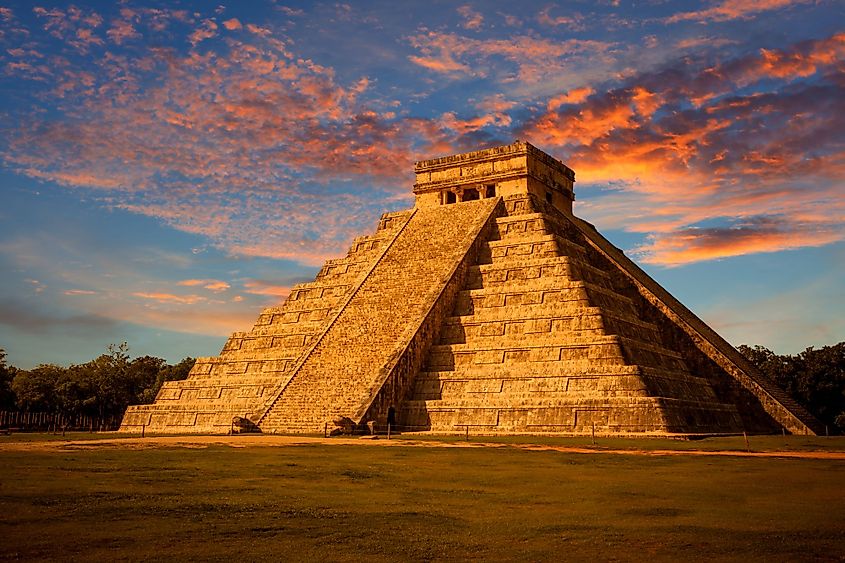
The Maya were skilled farmers. They used the "slash-and-burn" technique to clear the forests and create arable land. They planted different crops, primarily maize, beans, squash, and tobacco. In the highlands to the west, the Maya terraced the slopes of mountainsides while clearing the jungle for planting in the lowlands. The Maya knew how to use the land efficiently, and after a period of two years, they moved their fields to new locations to allow the old fields to lie fallow for ten years before using them again. More arable land was used because of the growing cities due to the increase of people arriving outside. Severe food shortages and malnutrition hit the people due to the increasing population, drought, and crop failure. The people of the southern lowland cities were forced to move elsewhere to survive. Other factors that contributed to the collapse of those cities around 900 A.D. included the high price of increased warfare, the escalation of hostilities later in the Classic period, the expense of maintaining kings and nobles, and the practice of taking commoners for human sacrifice. The northern Maya also came under the influence of their Toltec neighbors and moved into a new phase. This era lasted until the arrival of the Spanish in 1541, which ushered in a dark period that included Maya books burned and attempts to obliterate the Maya religion.
Cosmology Of The Maya Civilization
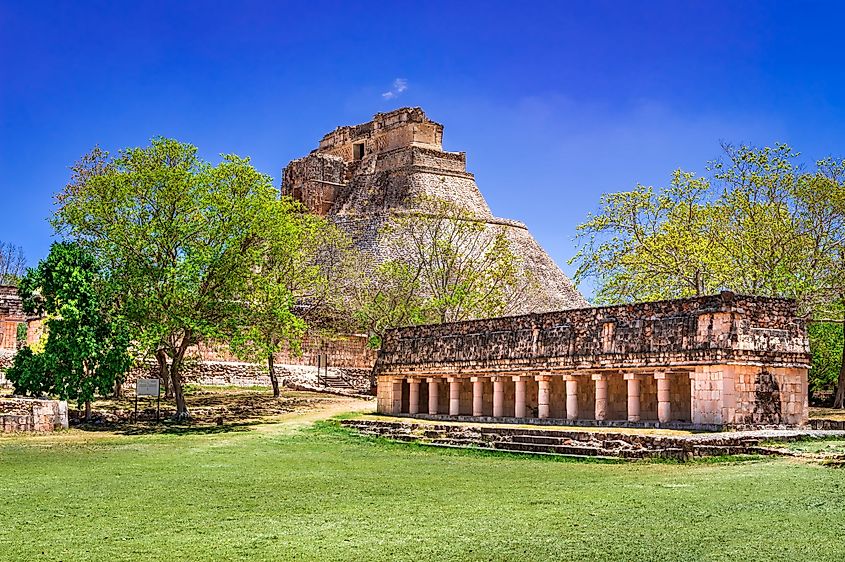
The ancient Maya believed in cycles of creation and destruction recurring repeatedly. The current cycle is thought by the Maya to have begun in either 3113 B.C. or 3114 B.C. of our calendar and was expected to end in either 2011 or 2012 A.D. The cosmology the Maya believed in is not easy to reconstruct from our current knowledge of their civilization. It seems apparent that the Maya believed Earth to be four-cornered and flat. Each corner had a color value: white for the north, yellow for the south, red for the east, and black for the west. At the center was the color green.
Some Maya believed that the sky was multi-layered and was supported by four strong gods called "Bacabs." Other Maya believed that the sky was supported by four trees of different colors and species, with silk-cotton trees at the center. The Maya thought that heaven had 13 layers. Each layer had its own god, with the muan bird, a kind of screech-owl, to be the uppermost. As for the Underworld, they believed it had nine layers, with nine corresponding Lords of the Night. The Maya thought that the Sun, the Moon, and Venus passed through the Underworld after disappearing below the horizon every evening.
The Maya Religion
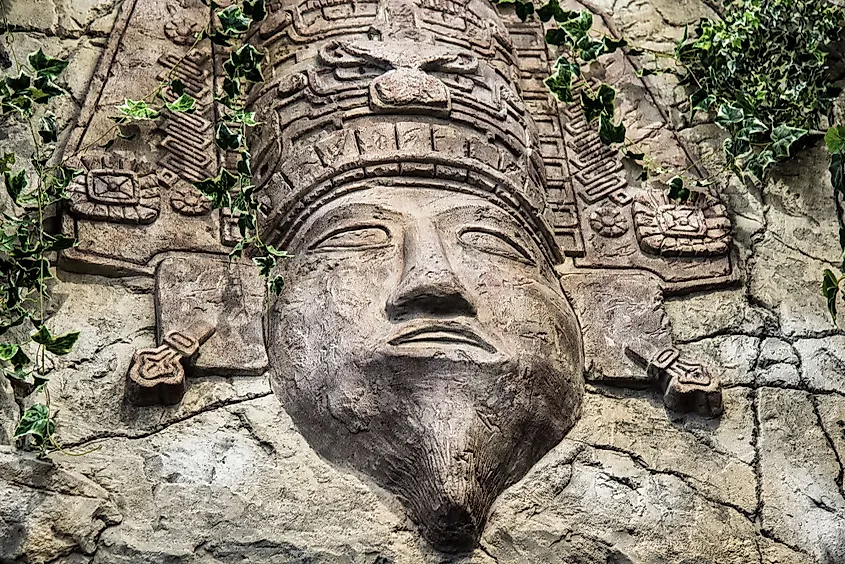
The Maya believed in several gods, with at least 166 named deities. This is because each of the gods had many aspects, with some having more than one sex and others being both young and old. Every god representing a heavenly body had a different Underworld face, which appeared when the god "died" in the evening. The priests' role was closely connected to astronomy and the calendar. Priests were in charge of calculating time, festivals, and ceremonies, and controlled learning and ritual. The priests' sons often succeeded their fathers as the Maya clergy were not celibate. The 260-day Sacred Round calendar dictated all Maya rituals with symbolic meaning for all the performances.
Cities In Maya Civilization
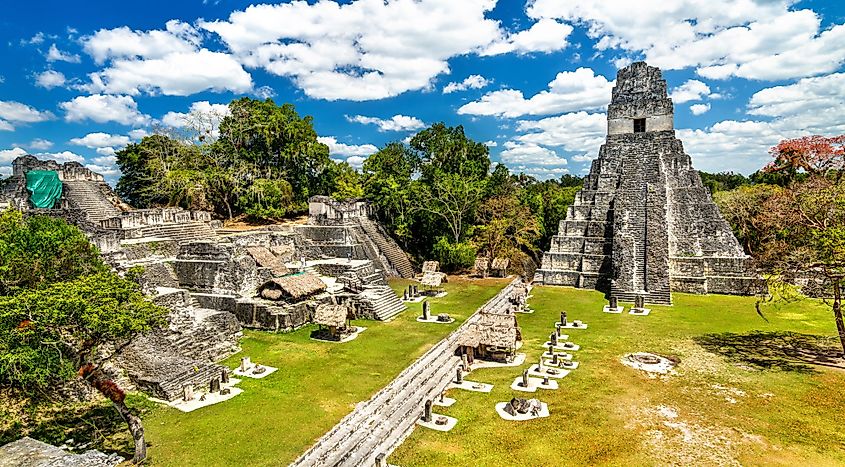
In addition to being an agricultural hinterland, Maya cities were the administrative and ritual centers for regions, including the city itself. The largest Maya cities were home to a significant number of people. Tikal, for example, had within its center over 10,000 individual structures ranging from thatched-roof huts to temple pyramids. Tikal's population is estimated to exceed 50,000 people, giving it a population density several times greater than that of an average city in America or Europe during the same period of history. Maya architecture was unique for its sophisticated decorations and art, expressed in wall paintings and bas-relief carvings. In some regions, groundwater was scarce, so cities like Tikal would have been equipped with large man-mad reservoirs to service their population during the dry season.
